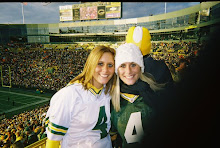
This book is from the complete opposite perspective as So Far From the Bamboo Grove. Sook Nyul Choi writes about her experience as a Korean child during WWII and the mistreatment her and her family experience from the Japanese military occupying Korea. I have to admit that this book was hard to get into after reading So Far From the Bamboo Grove. I kept waiting for something extreme to happen and felt that the beginning dragged on and on. I found myself feeling bad at times because of the way my heart was so touched by Yoko's story and not Sookan's. It was terrible! On the other hand, I realized that this was most likely a natural effect of reading the 2 books back to back and probably something my future students will experience when faced with the same situation. This will hopefully lead to great discussions in the classroom!










